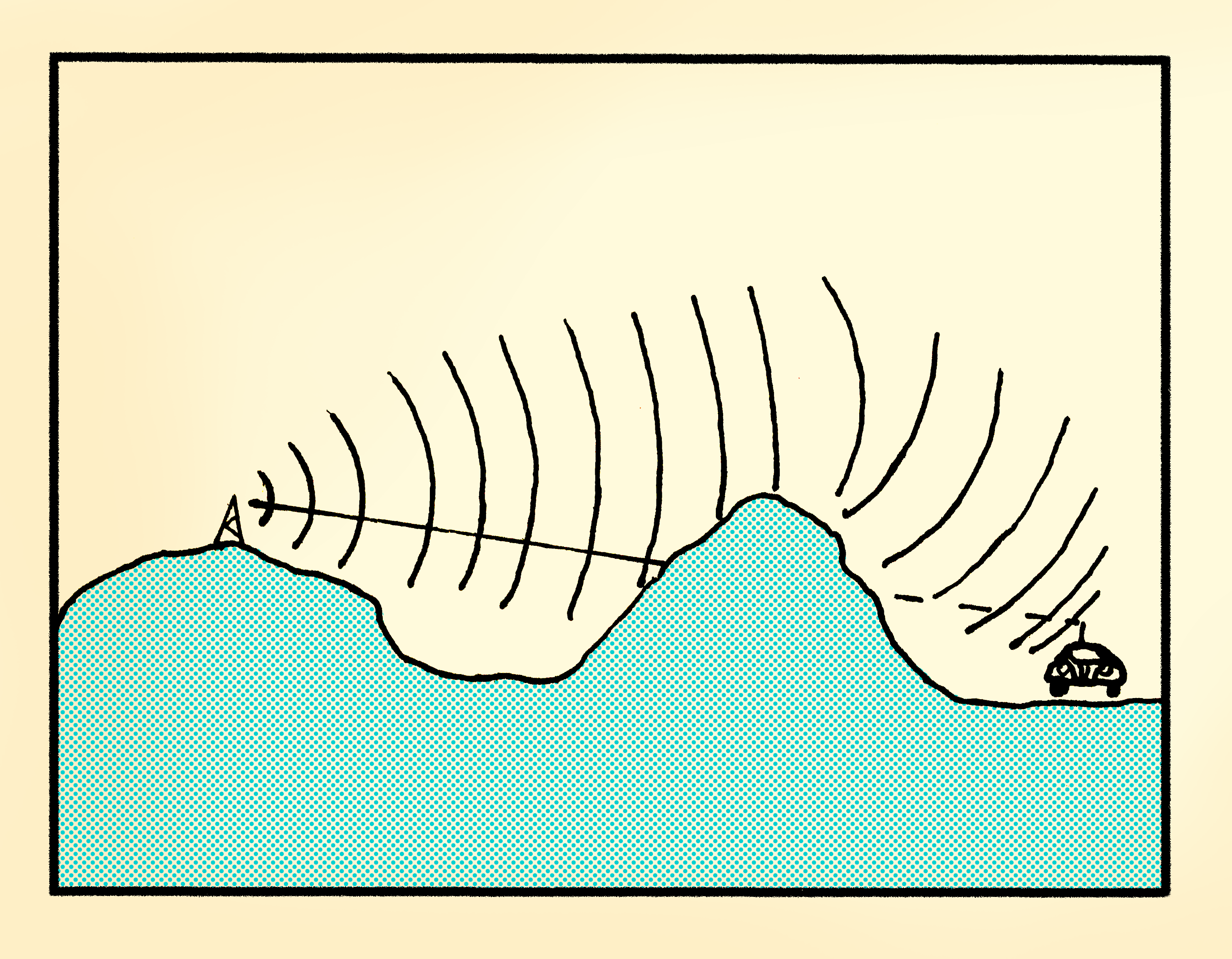

Long wave radio signals are much less affected by buildings, hills, tunnels etc. The greater the wavelength, the greater the diffraction.ĭiffraction affects radio and television signals. The extent of the diffraction also depends on the wavelength of the waves. Waves passing through a wide gap (gap width greater than the wavelength) Waves passing through a narrow gap (gap width less than the wavelength)Ī gap width much larger than the wavelength causes little spreading eg light waves passing through a doorway. The wavelength is unchanged after diffraction.Ī gap width similar to the wavelength of the waves passing through causes a lot of spreading, eg sound waves passing through a doorway. Learn diffraction of light and what happens in a single slit diffraction experiment. The extent of the spreading (diffraction) depends on how the width of the gap compares to the wavelength of the waves. Diffraction is the bending of waves around the corners of an obstacle. This is diffraction - the spreading out of waves when they go through a gap, or past the edge of a barrier.

The waves always 'spread' to some extent into the area beyond the gap. This may seem obvious but what happens on the far side of the gap or barrier is not so straightforward.
#Diffraction of a wave how to#
This equation applies to Young's double slit experiment, and you will need to know how to use it for the exam.When waves meet a gap or an edge in a barrier, they continue through the gap or past the edge of the barrier. In the following diagram, a and b represent the distance travelled by two waves from either slit. This results in destructive interference and a minima on the screen. If the path difference is an odd number of half wavelengths, then they will be in antiphase, and cancel each other out. This results in constructive interference and a maxima on the screen. If the path difference is zero or a whole number, then the two waves have arrived in phase with one another. Path difference is the difference between the distance travelled by two waves. These are labelled from the centre outwards - for instance, the central bright spot is called the central (or zeroth order) maxima, and the ones next to that are called 1st order maximas, then 2nd order, and so on. The areas of light on the diffraction pattern are called maxima, whereas the areas of dark are called minima. If light acted as particles, like Newton theorised, then you would see two lines on the screen, directly in front of the slits. The experiment proved that light acted as a wave, since only waves can diffract. This is, in essence, Thomas Young's double slit experiment. The diffracted waves interfere with one another, leaving the pattern on the screen on the far right.

If you were to place a screen in front of this, you may see the following pattern: This leaves regions of high intensity light and other regions where there is no light at all. The light diffracts as it passes through the gaps, and when the two diffracted waves interact they interfere constructively and destructively. Remember constructive and destructive interference? Well, imagine coherent light being shone through two small slits. Coherent lightĬoherent light is light where phase difference is constant throughout the whole wave. In this description, the difference in phase between waves that took different paths is only dependent on the effective path length. On the other hand, when the wavelength is a lot smaller, it doesn't diffract as much. The description of diffraction relies on the interference of waves emanating from the same source taking different paths to the same point on a screen. When the wavelength of the wave is close to the aperture (size) of the gap, then it diffracts more. All waves can be diffracted, and diffraction doesn't affect the speed, wavelength or frequency. When a wave passes through a gap or travels around an obstacle, it spreads out. Diffraction Patterns What is Diffraction?ĭiffraction is a phenomena unique to waves.


 0 kommentar(er)
0 kommentar(er)
